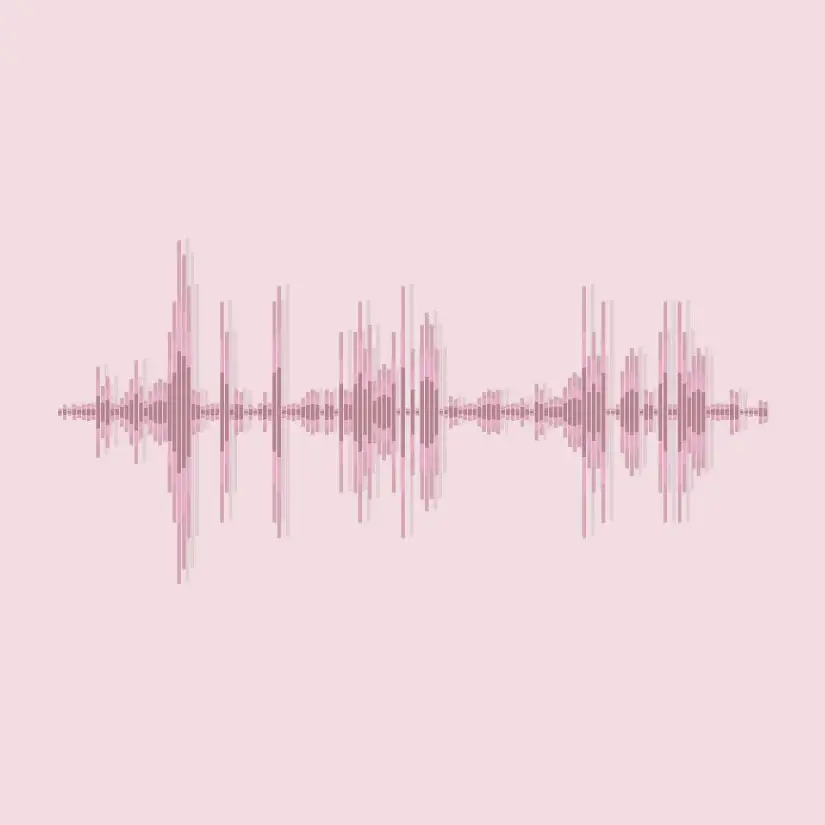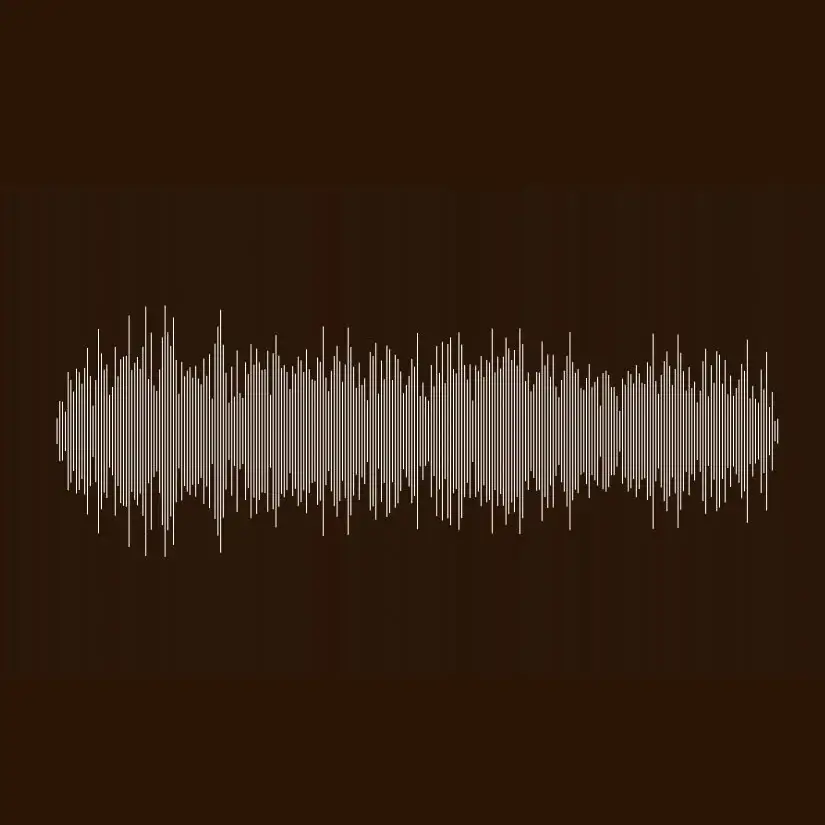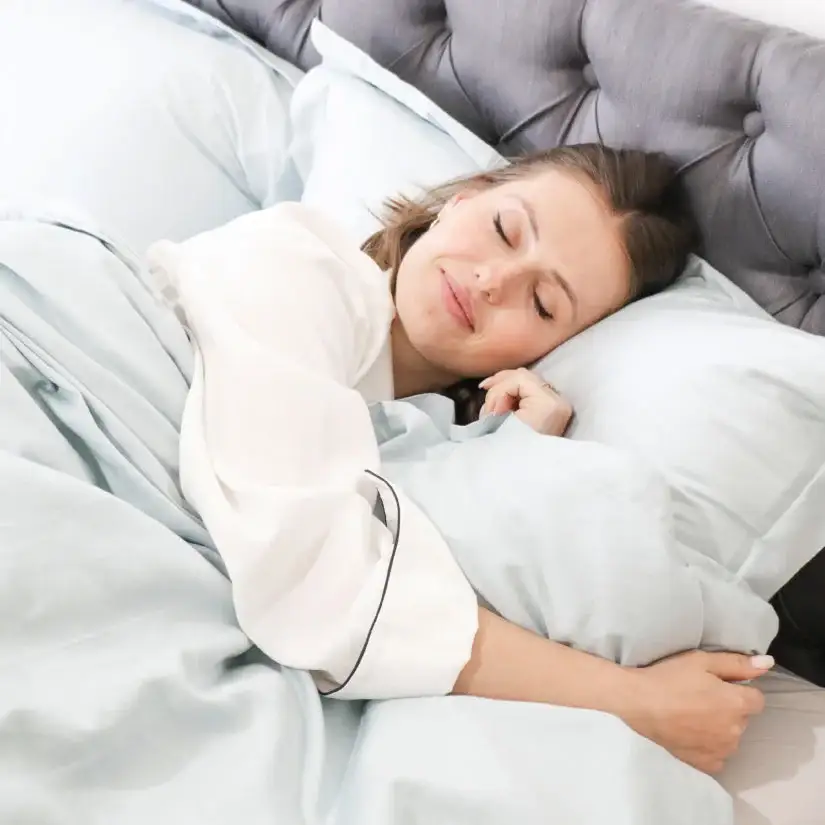
Discover the Difference Between Noise, White, Pink, and Brown
Instead of relying on sleep medicines, a natural solution for better rest can be found in the beauty and tranquility of sunlight during the day. Add some peaceful sounds like white noise, brown noise or pink noise and you'll find yourself feeling relaxed enough to drift off into a wonderful night's sleep. Find out what white noise is, how it helps with better sleep quality and get great tips on using it to your advantage.
What is White Noise?
White noise is a type of sound that contains equal amounts of energy at all frequencies. It can be described as a “shushing” sound and is often used to help people sleep at night or relax. White noise can be used in various ways, such as to block out other noises or to create an environment of relaxation.
White noise is a unique sound that encompasses a wide range of audible frequencies. It is often referred to as broadband noise due to its all-encompassing nature. People often compare the sound of white noise to static that emanates from a television or radio. This sound can be used for various purposes, including masking unwanted sounds or creating a soothing environment for sleep or relaxation.
The use of white noise has become increasingly popular in recent years, and many individuals swear by its ability to improve their quality of life. Overall, white noise is a fascinating phenomenon that has found its place in many aspects of our daily lives.

White noise blocks distracting environmental noises:
creating a peaceful and calming sound environment to help you relax and fall asleep faster and feel tired more quickly. A sound that replaces environmental noise with a consistent and soothing sound. In addition to blocking out disruptive noises, white noise has also been shown to promote deeper, more restorative sleep by helping to regulate your brain’s sleep-wake cycle.
Options for white noise:
- Machine
- App
Check out CNN's The best white noise machines of 2023
Check our igeeksblog Best white noise apps for iPhone and iPad in 2023
Check out the 30 minutes of white noise
Once you’ve chosen a white noise machine or app that works for you, it’s time to incorporate it into your bedtime routine. Experiment with different volumes and settings until you find the one that’s most effective for you. Many people find that playing white noise at a lower volume just loud enough to block out background noise is most effective for promoting restful sleep.
Additionally, try using a timer feature to have the white noise turn off automatically after a set amount of time, as this can help prevent you from becoming too dependent on white noise for sleep.
Examples of White Noise:

Whirring fan

Radio or television static

Humming air conditioner

Vacuum

What is Pink Noise?
Pink noise is similar to white noise in that it contains equal energy at all frequencies, however, the energy of pink noise is distributed differently. IIt has a slightly lower frequency than white noise, making it sound a bit deeper and smoother. Pink noise is often used to help people concentrate or focus on their work.
When it comes to soothing sounds, pink noise is definitely worth considering. Unlike its cousin, white noise, pink noise is a blend of both high and low range of frequencies. This mixture of sounds makes it more gentle and calming than white noise, which can sometimes be too harsh on the ear.
Pink noise is also characterized by a stronger emphasis on lower frequencies, giving it a deeper and more balanced tone. So, if you're looking for a sound that's more like the low rumble of steady rain or gentle ocean waves, pink noise may just be the perfect option for you.
According to Dr. Drerup, a healthcare expert, pink and white noise contain all the frequencies that humans can hear, ranging from 20 hertz to 20,000 hertz. The difference is that with pink noise, the lower frequencies are more dominant than with white noise.
Pink noise is a soothing sound that is often associated with natural environments. Common comparisons for pink noise include the gentle lapping of ocean waves, the rush of a nearby river, the rustling of leaves in plants or trees, and the steady pattern of rainfall. It is often used as a calming aid to improve relaxation and sleep.
Pink Noise:

Ocean waves

A rushing river

Gentle, steady rainfall

Leaves rustling in plants or trees
What is Brown Noise?
Brown noise is a type of sound that contains more energy at lower frequencies than white or pink noise. It’s a deeper and more intense sound that has been known to help people sleep better and relax faster. Brown noise can also be used to help reduce stress and improve concentration.
Brown noise is a type of sound that has some unique properties that make it favorable to many people. This sound has a low, natural frequency that is easier on the ear than white noise. The sound of brown noise is often compared to the soothing sounds of rushing waterfalls or raindrops hitting a roof. The frequency of brown noise has been said to help mask ringing in the ears, making it a popular choice for those who suffer from tinnitus.
Additionally, brown noise is known to promote relaxation and improve focus, making it an excellent choice for meditation and other activities that require heightened concentration.

Getting a good night's sleep is crucial for our wellbeing, yet many of us struggle to fall and stay asleep andt that's where white noise, brown noise, and pink noise come in. These three types of sounds are often used to help lull us into a deep slumber. White noise is a constant sound that can help mask other noises that might wake us up.
Brown noise is a deeper sound than white noise and is often compared to the sound of a waterfall or thunderstorm. Pink noise is a softer sound compared to white noise and is often described as more calming. By using one of these sleep sounds, we can help regulate our sleep habits, patterns and get the rest we need.
Examples of Brown Noise:

Low roaring

Strong waterfalls

Thunder

Sleep patterns are a fundamental component of human biology, yet many people experience disruptions in their natural circadian rhythms or their internal clock. One potential solution to this problem is the use of sound machines that emit various types of noise. While some people may opt for white noise, others may prefer the deeper tones of brown noise or the soothing hum of pink noise.
However, it's important to note that not all noises are created equal when it comes to sleep. In fact, certain types of noise can actually disrupt normal sleep patterns and have negative effects on our overall health. In fact, certain factors can increase a sleep disorder. Additionally, the quality of light in our sleep environment can also play a significant role in regulating our sleep patterns, even with those that suffer from sleep apnea. By paying attention to both sound and light, we can work towards improving our sleep patterns and achieving better overall health.
Research shows other colors could help with sleep:
- Blue Light
- Black Noise
- White Gaussian Noise
What About Light
Sleep is an essential part of our daily routine, but there are many factors that disrupt sleep. However, many of us face various sleep issues that disrupt our peaceful slumber. One of the major culprits that cause a lack of sleep is light exposure. A good idea to help with sleep is to get more light during the day.
When we expose ourselves to light, especially in the evening or at night, it can trick our brains into thinking that it is still daytime, which can interfere with our circadian rhythm - our body's natural sleep-wake cycle.
Additionally, other factors such as stress, caffeine, alcohol, and a sedentary lifestyle can also contribute to sleep problems. So, it is crucial to take proactive measures such as limiting light exposure, adopting a regular sleep schedule, and practicing relaxation techniques to achieve quality deep sleep and improve overall health.












